Possible Duplicate:
Using ggplot2, can I insert a break in the axis?
I'm using the following ggplot2 code to generate a faced_grid barplots:
ggplot(plotobj, aes(as.factor(gm) , peaks, fill=rvalue)) +
geom_bar(stat="identity") +
facet_grid(rvalue ~ .,scales="free") +
opts(legend.position = "none")
Which gives the following plot (screenshot of the first facet):

As you can see the y-axis get stretched to quite a high value because of 1 outlier. What I'd like to do is create a more sensible scaling by having more ticks until 2e+05 and then just have 1 tick that goes directly towards 5e+05. This way the scaling would not be linear anymore but it would allow to show that there is a massive peak for 1 of the categories.
Is there anyway of doing this simple with ggplot2? Is there a R trick for doing this? If possible I'd not like to use things like ylim to just not show the top anymore.